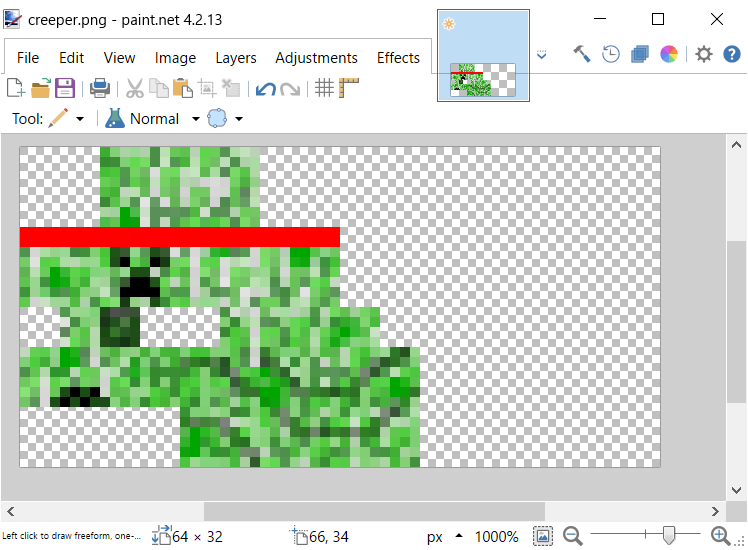

- The model resource map files how to#
- The model resource map files install#
- The model resource map files manual#
The treatment of NCS depends on the specific program or task: How is non-crystallographic symmetry handled in PHENIX?
The model resource map files how to#
Run this example data in autosol and how to interpret the results. Tutorial uses the p9-sad dataset as example. Tutorial 1: Solving a structure using SAD data

You what to look for in the output files. The PHENIX tutorials listed on the documentation index will walk you through sample datasets, telling List of available examples: 1J4R-ligand a2u-globulin-mr gene-5-madĪre any of the sample datasets annotated? If -overwrite is set then the script will overwrite subdirectories If -all is set then all examples will be run (takes a long time!) Use: n_example example_name ĭata will be copied from PHENIX examples into subdirectories This command lists all the directories in $PHENIX/examples/ that


You can see which sample data are set up to run automatically by typing: What sample data are available to run automatically? Your working directory and executes the commands in the file run.sh This command copies the $PHENIX/examples/p9-sad directory to P9-sad sample data with autosol, you type: You can run sample data with with a simple command. (You must run the specific programs manually, however.)Ĭan I easily run autosol, autobuild or ligandfit with some sample data? In the Phenix GUI, tutorials may automatically be set upĪs projects. You can find sample data in the directories located in $PHENIX/examples.Īdditionally there is sample MR data in $PHENIX/phaser/tutorial. Submit a job from the GUI it will usually be unable to submit additionalĬhild processes to the queue without further configuration. However, these two options are not inherently compatible: if you Of subprocesses for various programs listed above, or to submit jobs from the You can use the queuing system in two ways: either to parallelize the execution Note that this assumes that the available processors are dedicatedįor cluster use, otherwise the submitted jobs will compete for resources with
The model resource map files install#
You will need to install a managed queuing system to handle job submission.Ĭurrently we support (to varying degrees) Sun Grid Engine, PBS, LSF, andĬondor. How can I run Phenix across multiple computers in our lab? Because of threadingĬonflicts, OpenMP is not compatible with the Phenix GUI. The argument "-openmp" to the install command. This requires using the source installer for Phenix, and adding OpenMP library, which automatically parallelizes specific instructions suchĪs the FFT. Options, it is also possible to compile phenix.refine and Phaser with the
The model resource map files manual#
Queuing systems this may require manual input of the queue submission command. (phenix.refine is the major exception) also support parallelization over tobuild data.mtz model.pdb seq.dat nproc=5Įquivalent controls are usually displayed in the GUI. In most cases this is done by adding the "nproc" keyword, for instance: Phenix.find_tls_groups support runtime configuration of parallel processing. How can I use multiple processors to run a job? Run Phenix on (relatively high-end) systems from 2008, but having lots of In many cases older hardware is fine and we ourselves continue to Should be sufficient, and at least 2GB of RAM per processor core is To summarize: mostĬonsumer-grade systems (including laptops) purchased in the last three years What kind of hardware do I need to run Phenix?Ī set of loose guidelines is here. Individual programs may have additional citations. Macromolecular structure determination using X-rays, neutrons and electrons: recent developments in Phenix.ĭ.


 0 kommentar(er)
0 kommentar(er)
